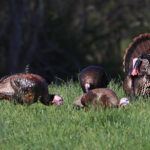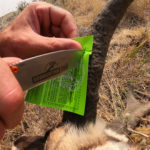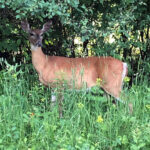Deer antlers grow fast. Many hunters, and non-hunters alike, marvel at a buck’s ability to develop a full set of antlers in just a few months. It’s a fascinating process, to say the least.
Deer antlers are easily one of the fastest growing appendages in the animal world, growing as fast as 3/4 of an inch per day during the growth cycle. Scientists have studied the phenomenon for years, but now, a focused effort is taking place to see how this rapid bone development could be adapted to potentially heal bone injuries or regrow limbs in humans.
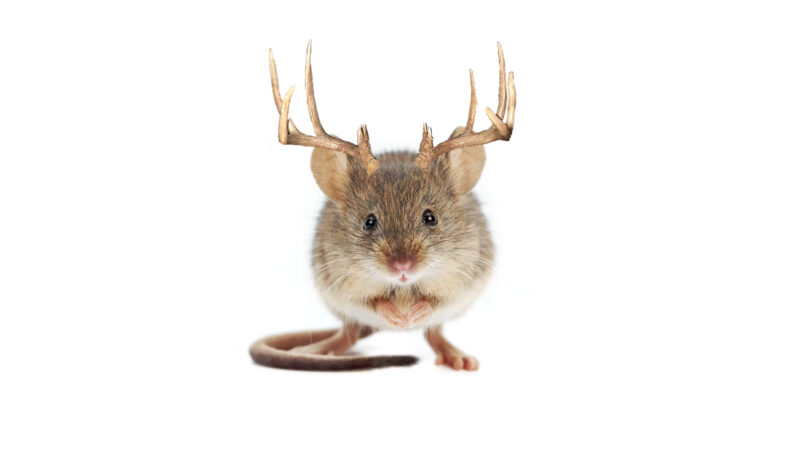
Scientists at Northwestern Polytechnical University in Xi’an, China are researching the potential to harness the rapid growth rate of antler tissue by implanting stem cells from Sika deer antlers into the foreheads of lab mice. So far, the results haven’t been terribly impressive. In fact, the images shared from a previous study are pretty grotesque. But there are signs of potential. Growth is taking place. In fact, an article at Nature.com referred to the growth taking place as “mini antlers”.
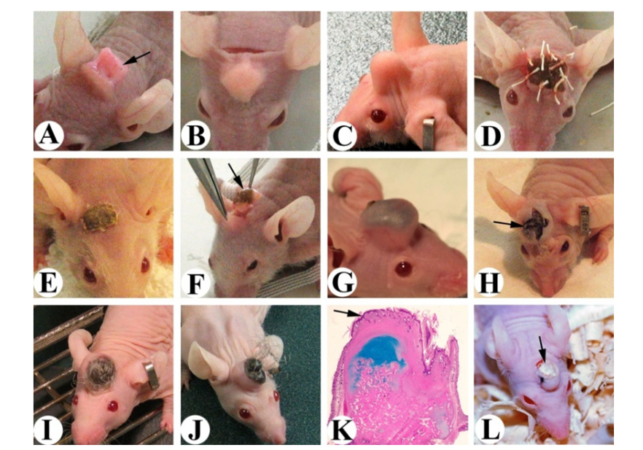
The report also goes on to state that this is not the first time scientist have grown antler-like headgear on a mouse. Back in 2020, researchers surgically removed antler tissue from living deer, then used a cryogenic freezer mill to process the antler material before inserting it into mice. The test results produced mice growing visible, antler-like protrusions on their heads.
Researchers in the recent project say, “Our results suggest that deer have an application in clinical bone repair. Beyond that, the induction of human cells into antler-like cells could be used in regenerative medicine for skeletal injuries or limb regeneration.”
According to a recent article by Field & Stream, the Xi’an researchers started by investigating the cellular make-up and gene expression dynamics of antler tissue throughout various stages of growth. Once they had isolated stem cell populations with the most potency and potential for regenerative effects, they started inserting those cells directly into the heads of their test mice.
They found that the most effective cell implants were those derived from shed antlers that were no more than 5 days old. Those cells were harvested from the antler pedicle—where the base of the antler connects to the skull plate—cultured in a petri dish, and then transplanted between the ears of hairless mice. Within 45 days of implantation, the mice had begun to develop “antler-like” structures of their own.
It’s a fascinating undertaking, and we will certainly keep our eyes on the process to see how/if deer antlers will be used in potential medical procedures in the years ahead.

 By
By 